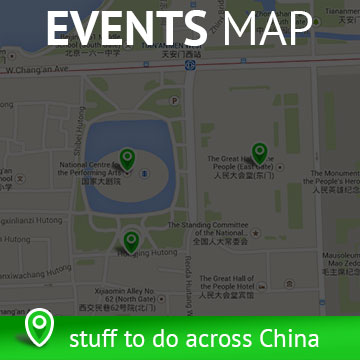Since the 90s, the city has played a major role in the economic development of northwest and central China. Today, it is recognized as an important industrial as well as cultural center in the country. It is one of the top emerging megacities of China. For tourists, Xi’an offers an exciting mix of culture, art, shopping, dining and modern comforts.
The history of Xi’an spans back to over 3,000 years. It enjoyed an important role in ancient China for more than 1,000 years. It was the capital of 13 dynasties and home to 73 emperors. Even in the past, Xi’an was recognized as one of the most culturally important cities and one of the largest in the world. Having served as the capital for Tang, Han, Qin and Zhou dynasties, Xi’an was the cultural pinnacle of China and an important center for arts.
The city’s position on the famed Silk Road also played an important role in its rise to fame. Caravans from foreign lands brought with them incredible wealth of culture, fashion and arts, leaving behind their mark that can still be found in Xi’an.







